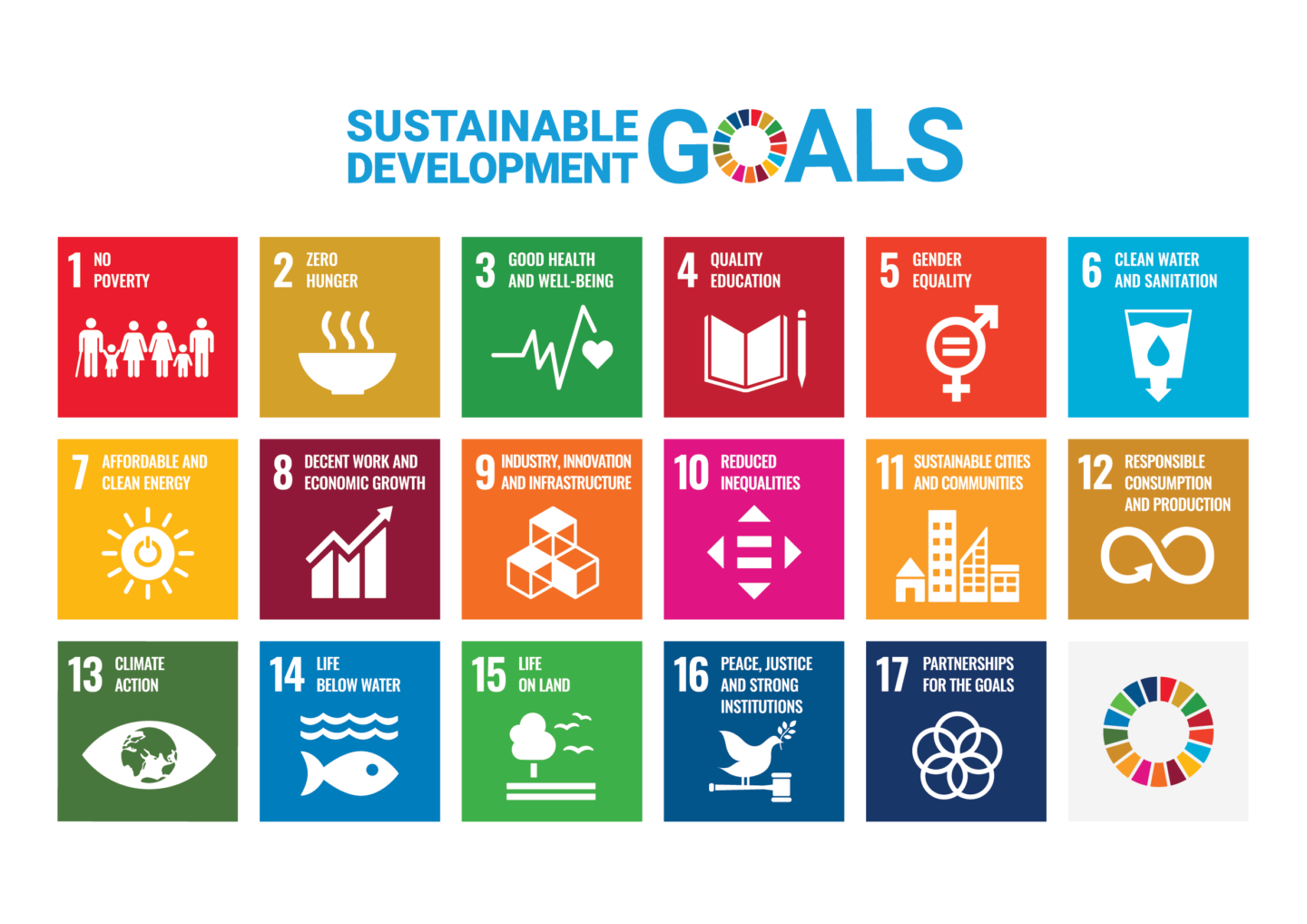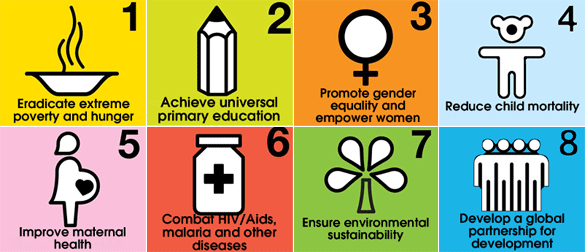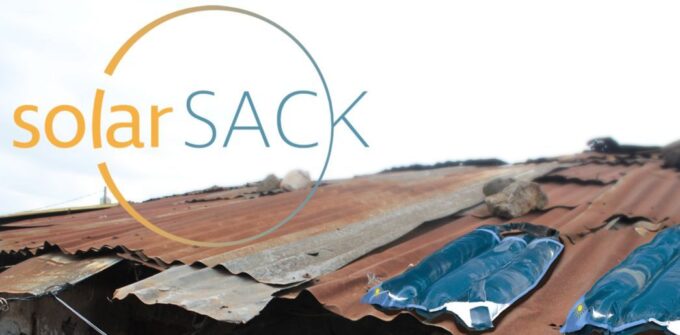
How the stories you tell can have a real impact
Creative industries have a key role to play in creating positive social change. Here are six key insights to help them achieve their goals. ...

by Amanda Williams Published 15 September 2023 in Purpose • 6 min read
This September, the 17 Sustainable Development Goals (SDGs) set for 2030 have crossed their halfway point. Where do we stand now, compared with their ambitious 2015 goals? How are we doing on our commitments to promote peace, prosperity, and sustainability around the globe? The results are in. In short, as the latest Sustainable Development Report of 2023 summarized rather darkly, “at the midpoint of the 2030 Agenda, all of the SDGs are seriously off track” .
Still, this year, an ambitious Global Goals Week, running 15-24 September, is mobilizing over 150 partners to “demand urgency to turn it around for the global goals and supercharge solutions for people and planet,” according to promoters. A key event will be the SDG Summit (18-19 September), which António Guterres, UN Secretary General, has stressed must be “a moment of unity to provide a renewed impetus and accelerated actions for reaching the SDGs.”
Is this too little, too late? Are the 17 goals still fit for purpose? These questions have been debated at length, as we’ve recently veered still further off course thanks to the pandemic and other overlapping crises, including war, inflation, political polarization, and the climate crisis itself. There is currently more extreme poverty in lower-income countries than before the pandemic, with fewer children receiving the vaccine coverage recommended by the World Health Organization. At the same time, global greenhouse gas emissions have hit an all-time high.
Over these bumpy years, my published research on sustainability has tracked some of the cross-sector and private-sector work in search of what’s made a difference so far. Here, I’ll very briefly outline three articles and their takeaways.
First, my co-authors Gail Whiteman, John Parker, and I looked at how businesses got on board with the SDGs in the first place. (The answer is not straightforward, and it required a lot of cross-sector leadership and collaboration – as this animated video helps illustrate.) As we look back, it’s worth remembering that bringing in businesses as partners to shape the 17 goals is a notable departure from their predecessors, the eight Millennial Development Goals (MDGs). With the private sector participating, the great hope was (and still is) collective action towards a better world.
Next, my research looked at how multistakeholder SDG platforms could open the way to enabling sustainability innovation both in and beyond companies. The platforms, as my co-author Lara Anne Blasberg and I discovered, are one way in which businesses can cope with multiple layers of complexity as they work to develop new projects aligned with the SDGs.

My latest publication, with co-authors Patrick Haack and Knut Haanaes, continues this line of work. Published in Stanford Social Innovation Review this summer, we examined the different ways in which companies engaged with SDG goals. Our data, collected from 2015 to 2020, includes 48 interviews with sustainability directors from various industries in Europe, North America, Africa, and Asia.
In this latest article, we highlight three positive examples worth emulating, while also pointing out a few cases of SDG-washing – that is, overdone claims akin to greenwashing when companies market something as more helpful to the environment than it really is.
But first, three positive examples and what they are doing right to drive meaningful change.
From Denmark, we look to Ramboll, a global engineering, architecture, and consulting services group, that has aligned its SDGs with its revenues in a meaningful way. Ramboll’s sustainability team conducted a thorough analysis of all SDG goals – including their 169 subtargets – to track how the company could work towards its strategic objective to be a recognized sustainability leader in its field.
How does that work in practice? For example, we note that Ramboll has clients in both the water and transportation markets. Aligned with SDG 6: Clean water and sanitation, Ramboll aims to protect its clients’ water resources by increasing efficiency and improving wastewater handling. An increase in revenues here is considered a positive outcome. However, in transportation, where Ramboll has been working with aviation clients, revenues were less aligned with promoting the relevant SDGs because the high-emitting industry still needs to undergo a major transformation to become sustainable. By measuring revenues against the SDGs every year, Ramboll can see that its positive contributions to the SDGs are increasing in a way that’s meaningful in terms of its overall business.
From Kenya, we spotlight Safaricom, a mobile network operator, for integrating SDGs with its corporate purpose. We note that Safaricom took a decentralized approach by setting SDG priorities for each division and employee. Employees were asked to interpret what the goals meant for their day-to-day work in an internal campaign called “What’s your goal?” and individual employees set SDG-related objectives as part of their annual performance review. For example, one of Safaricom’s technology teams aims to transform a certain number of sites from fossil fuels to solar energy for their performance objectives and to work toward their longer-term net-zero target.

Also from Denmark, we look to Novozymes, a biotechnology company, that stands apart in proactively pursuing innovations and partnerships for SDG impact. For example, Novozymes co-led an open-innovation platform called HelloScience in pursuit of positive innovations.
One technology that was developed on the platform was SolarSack, which uses solar power to purify water.
Remember, the SDGs are society-level goals. To be operational for business, they must be customized to make a real difference on the ground.
On the flip side, we are wary of companies claiming to be making progress in all SDGs at once. This is unlikely, since tradeoffs are often required in implementations. 100% positive news usually indicates SDG-washing, especially when it comes from companies whose core business runs counter to sustainability aims.
We should also be wary of companies that obviously frame their existing efforts as societal change. For example, claiming credit for advancing SDG 4: Quality education with an existing internal training program is not meaningfully enacting societal change.
As we pass the halfway point to 2030, we know that many of us are engaging with inter-governmental global sustainable development in a way unseen before 2015. With eight years’ experience, it should be clearer to us what is helping to promote some positive change. That is where we want to continue to go. So, yes, the SDGs are still fit for purpose – they bring diverse stakeholders together around a common ambitious goal for global sustainability. At the same time, however, we can still drive companies to do more.

Research fellow at IMD Business School
Amanda Williams is a research fellow at IMD Business School. She was formally a senior researcher at ETH Zurich, a research fellow at Copenhagen Business School, and a Research Associate at the World Business Council for Sustainable Development where she worked on the SDG Compass, a guide for corporate action on the SDGs. Her research focuses on how organizations understand global sustainability issues and develop corporate sustainability strategies that align with global sustainability targets.

5 July 2024 • by Avni Shah in Purpose
Creative industries have a key role to play in creating positive social change. Here are six key insights to help them achieve their goals. ...

15 May 2024 • by Benjamin Von Wong in Purpose
Benjamin Von Wong, a Canadian artist, explains how the creative impact of his work can translate for business leaders....

28 March 2024 • by Dovev Lavie in Purpose
Introducing a platform-based economic system that promotes prosocial behavior can help society overcome its greatest challenges....
 Audio available
Audio available
29 January 2024 • by Valentina Masseretti , Anita Quas , Stefano Romito, Clodia Vurro in Purpose
Impact venture capital in Europe is generating lower financial returns than its traditional counterpart. Here are three possible reasons why....
Explore first person business intelligence from top minds curated for a global executive audience